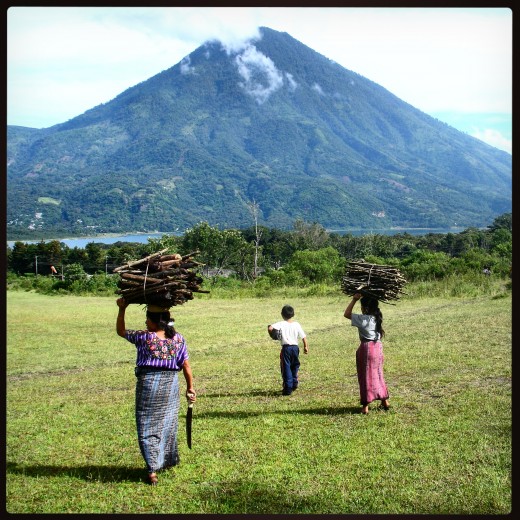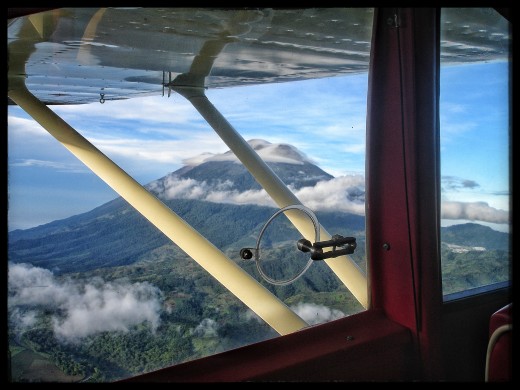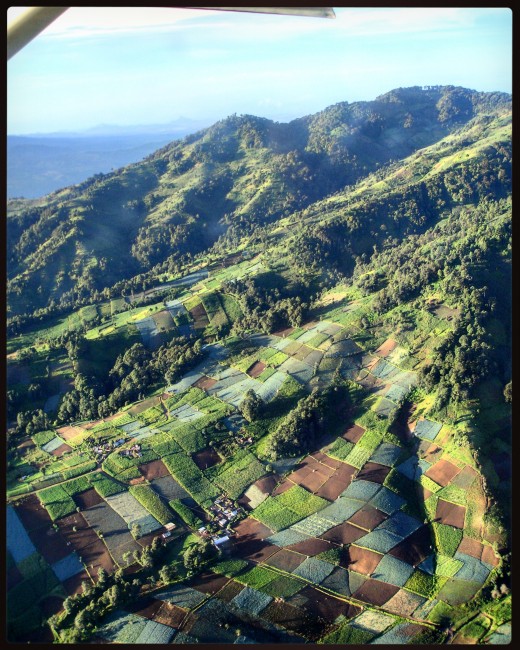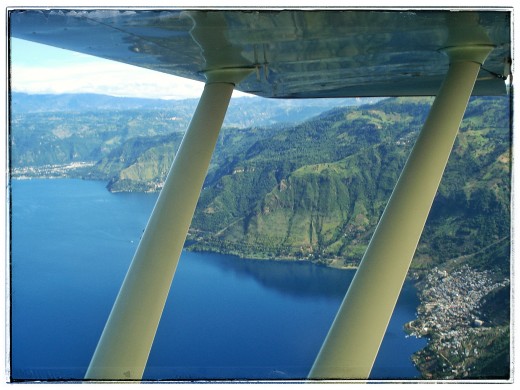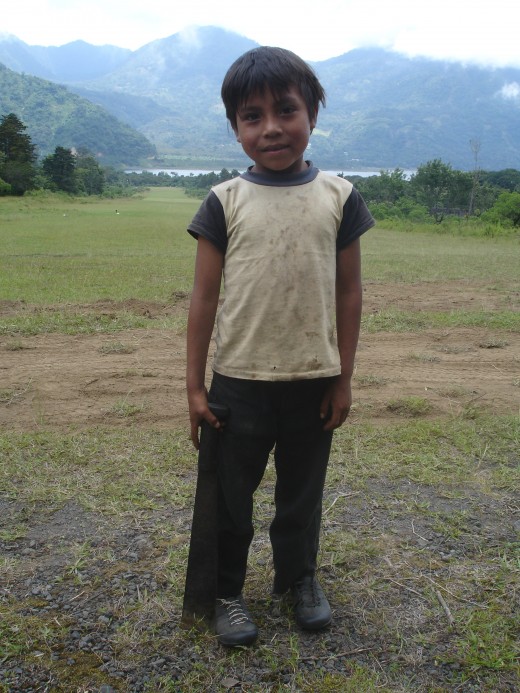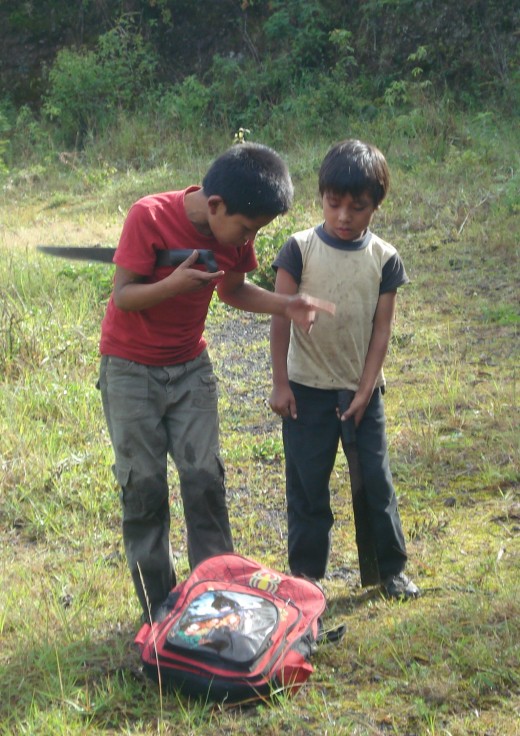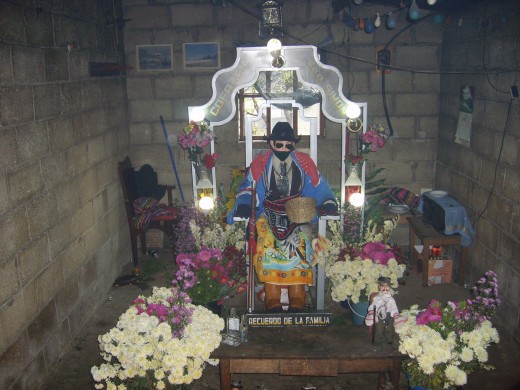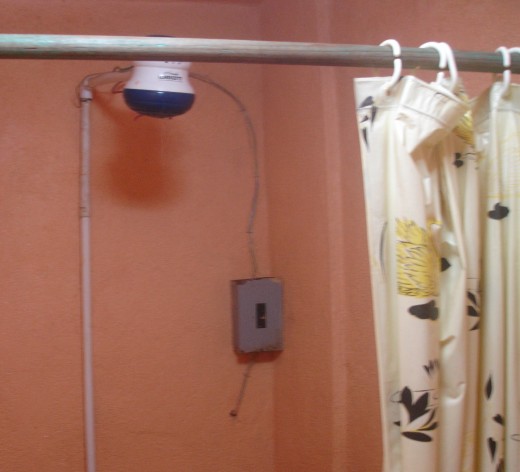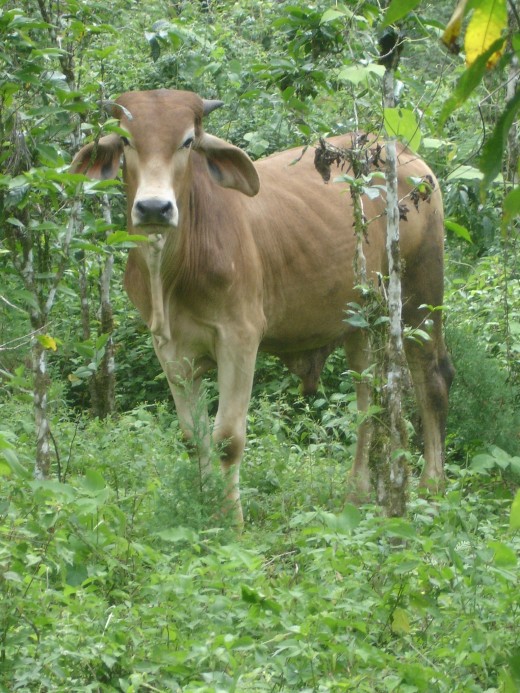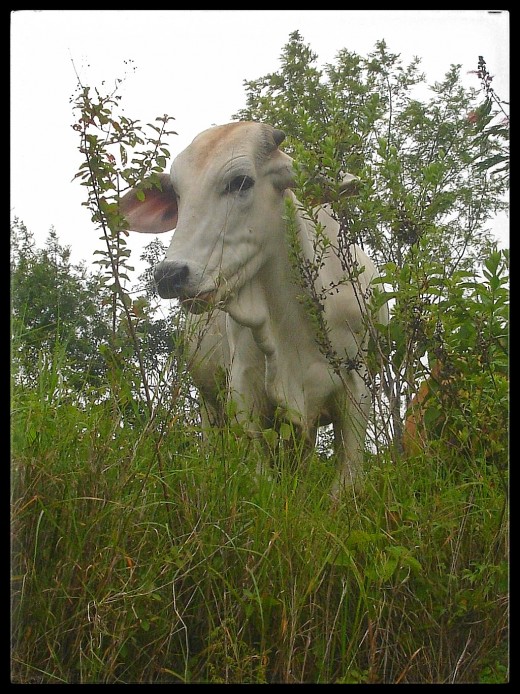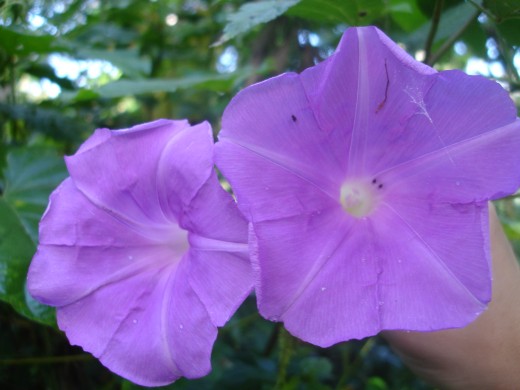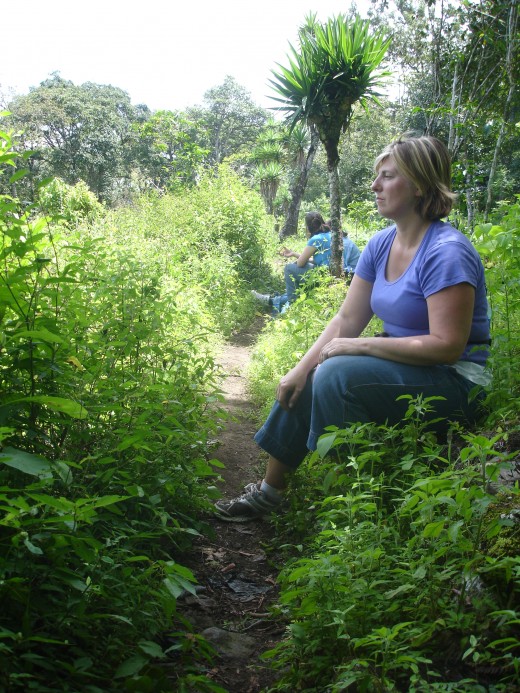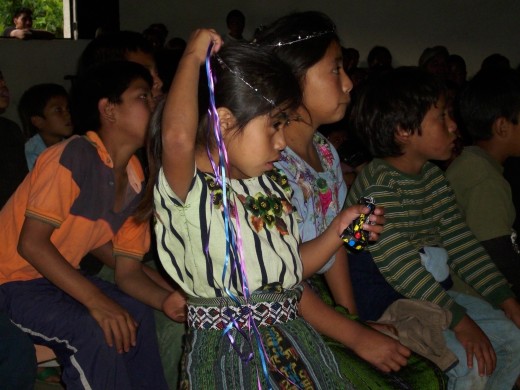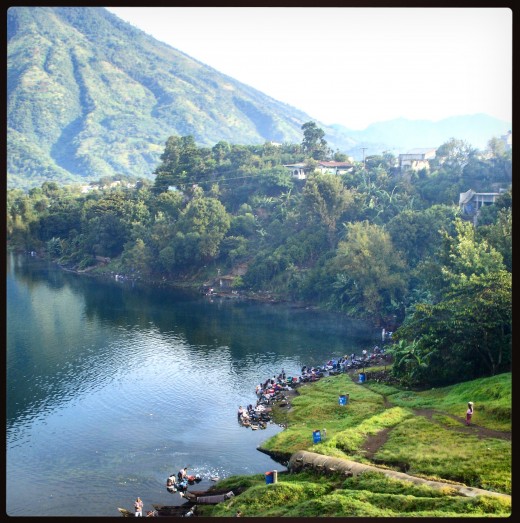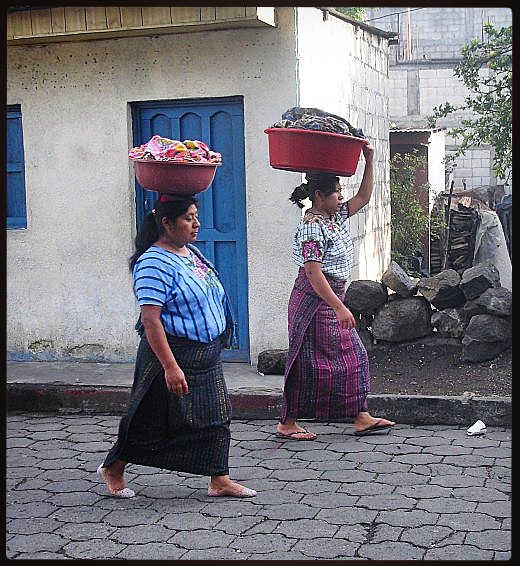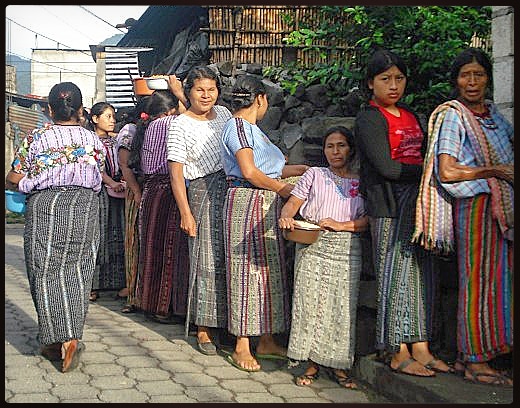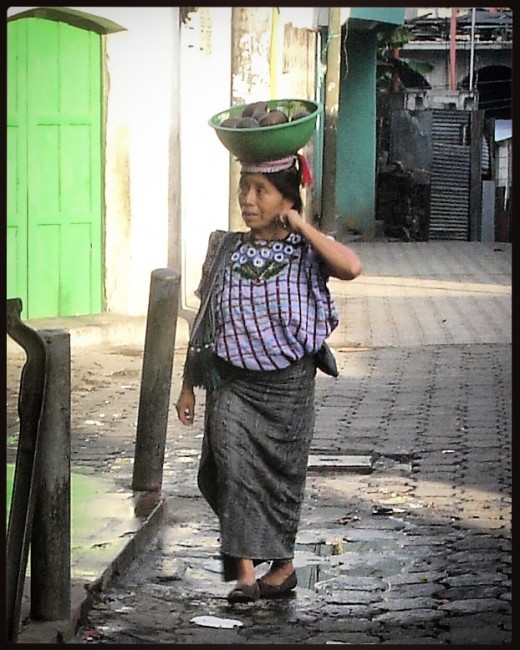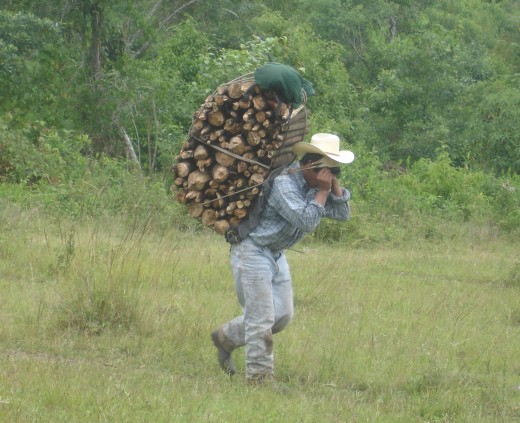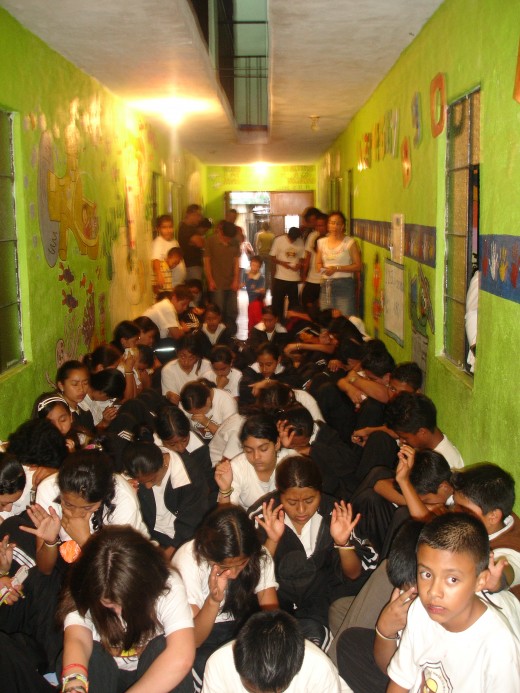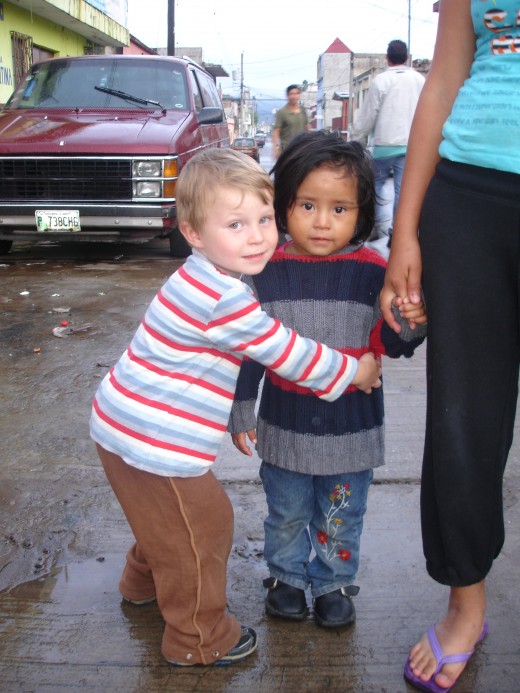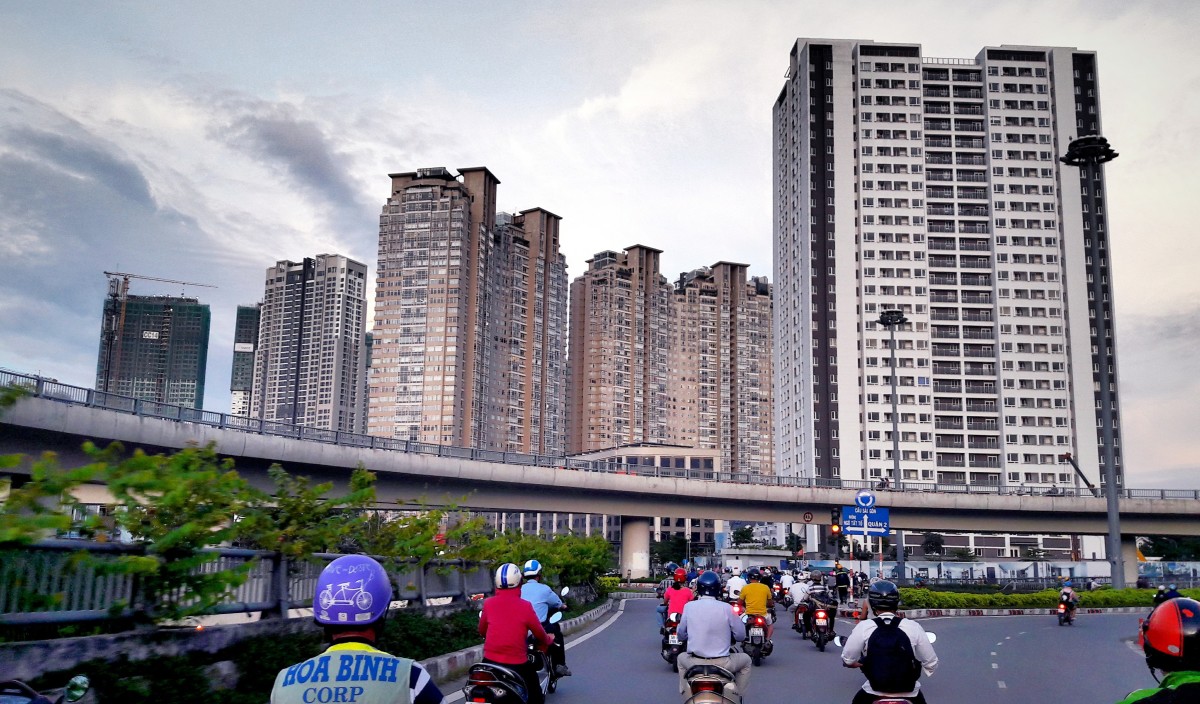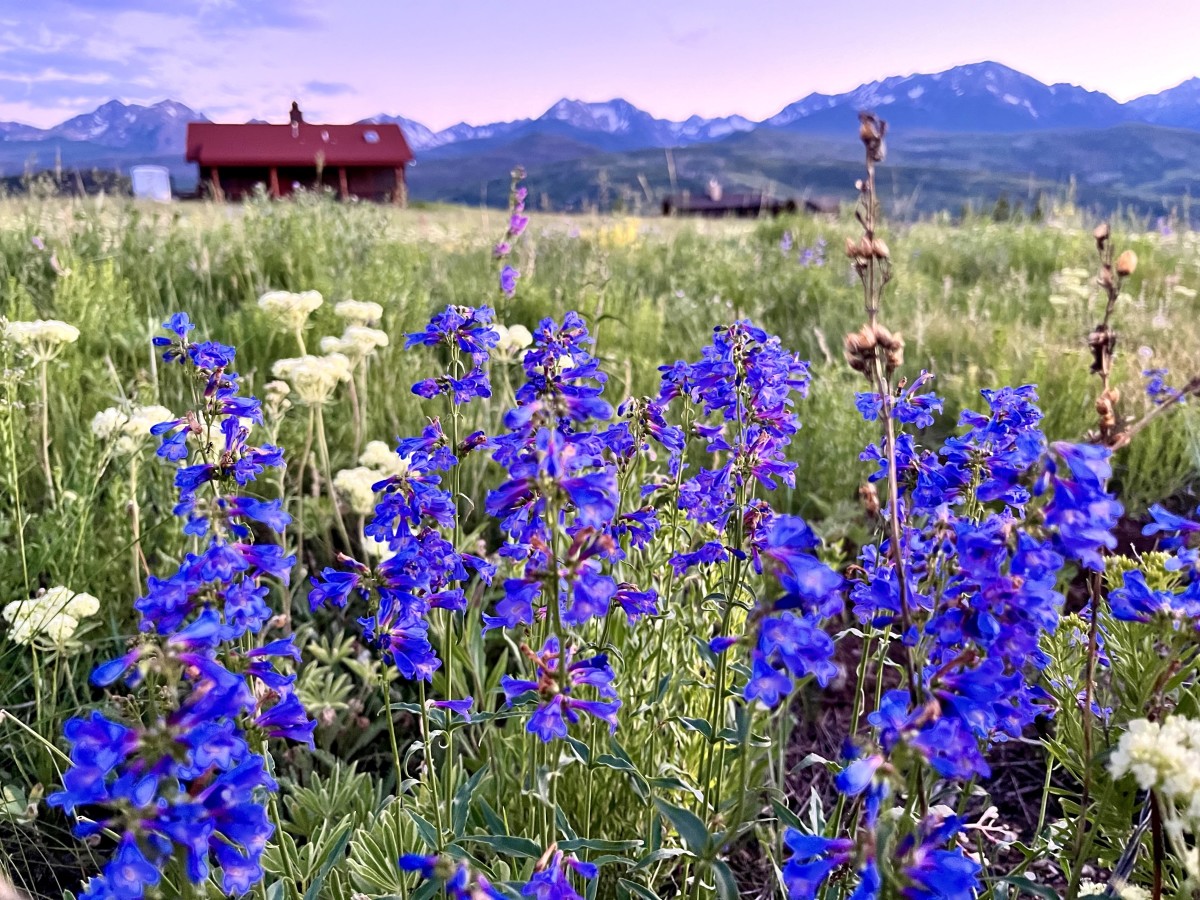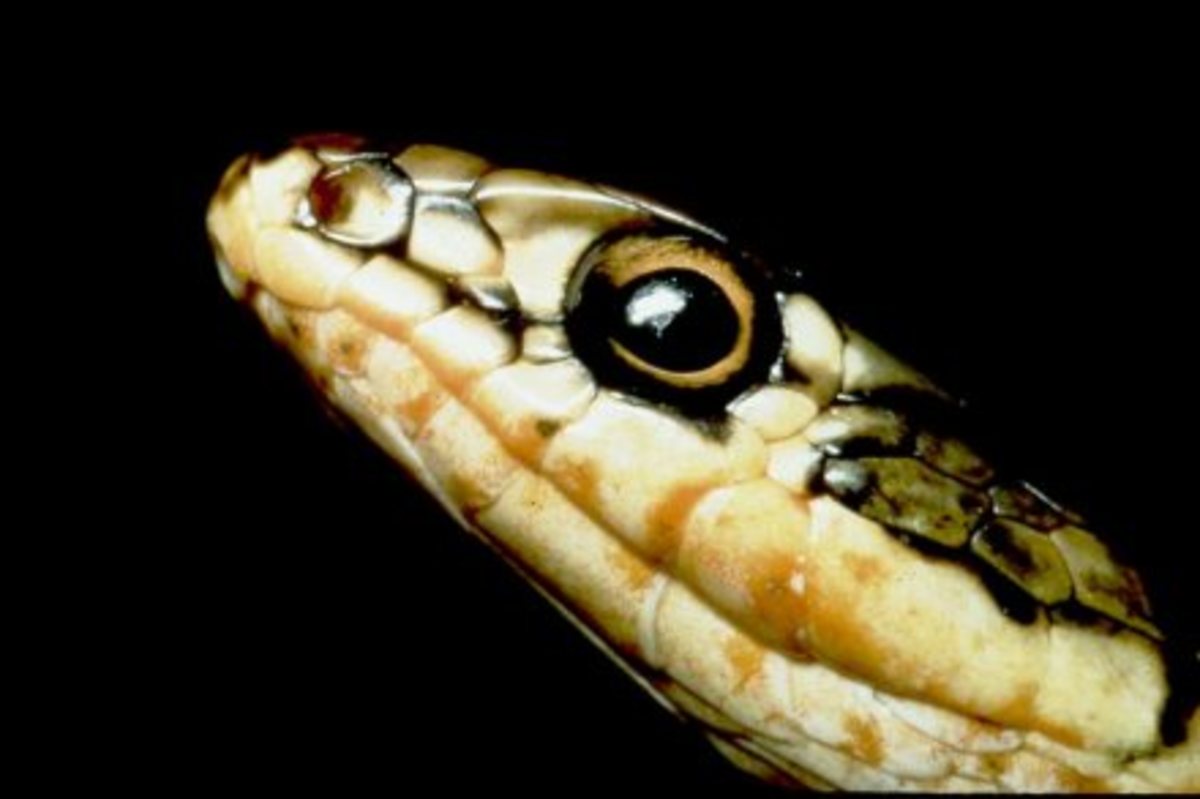Guatemala Mission: The Indigenous Village





Our Journey Begins
Our first part of the trip was spent in the densely populated Guatemala City. Our journey's second leg involved a 40-minute morning flight to Santiago Lago de Atitlan, a town on Lake Atitlan west of Guatemala City. The views were so spectacular that I totally forgot to be afraid. We could only ride three at a time. Pastor Matt, Michelle, and I volunteered for the first flight. We landed on a grass landing strip, which made for a rather bouncy landing.
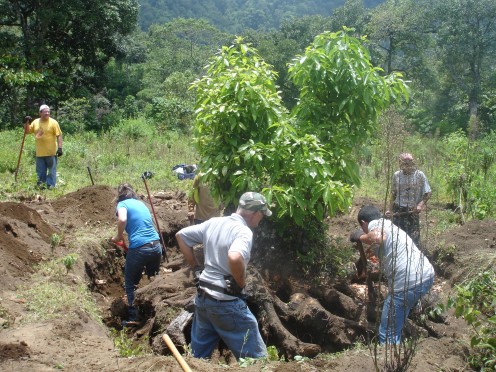
Feeding Program
When we arrived, our job was to work with some local pastors to clear out a section of land used for growing food for a feeding program. They don't have farm equipment; therefore, the area is cleared by hand, and our particular task for the day was digging up the root balls of old trees in preparation for planting new Avocado trees.
They will begin with avocado trees because there is no one to tend the crops at this time; therefore, weeds will take over.
Another great reason to start with Avocados is that they are considered a "perfect food," nutritionally speaking. These trees grow well in the fertile volcanic soils of the Guatemalan forests. The land was donated to the mission.


Malnutrition in Guatemala
Most of the indigenous Mayan people are malnourished, according to Hormel Foods "Inside" magazine.
- Guatemala has the highest rate of Chronic malnutrition in our hemisphere.
- Nearly half of all children under age five are stunted - the highest rate in the world.
- The rate of chronic child malnutrition in Guatemala is higher than in many countries in Africa.
- More than 75% of people live in poverty.
In partnership with "Food For the Poor," Hormel has made a product called "Spammy," a fortified turkey spread to help address this problem. It is high in protein and fortified with essential vitamins and minerals, and Hormel has committed to delivering 1 million cans of "Spammy" each year to needy families for three years.
This offering is a temporary solution, and thank God for it. In conjunction with these other more permanent feeding programs like "Life Builders International" (Jason and Tressa's ministry), many families will be nourished.
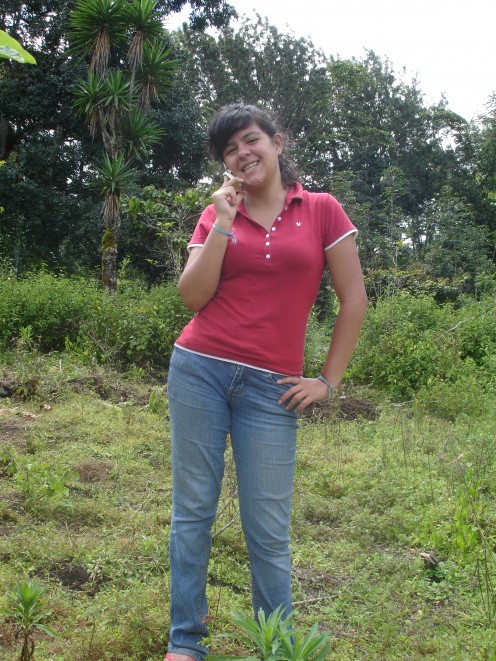
Technology
Sarah Lou was a young lady from the city who joined us on this venture. She spoke English exceptionally well. As you can see from the photo, she talks on her cell phone in the middle of a Guatemalan forest. I was shocked that there was cell phone signal where we were. Jason later informed us that Guatemala has the world's highest per capita cell phone use.
"Guatemala has the highest rates of people that can access internet, telephone communication and television communication"
— Wikipedia
I did not see any cell phone use amongst the indigenous people.


Maximon
We were scheduled to stay two nights in a hotel in Santiago. There were no sheets on the bed, merely a blanket and pillows. The showers had on-demand heating units. According to my electrician husband, heating units inside the shower stalls are unsafe. He claims people have died from such things. Donna just so happened to touch one while showering and did receive a jolt from it. There are apparently no building codes in Guatemala.
Our evening activity centered around gathering people in Santiago to the main square to hear a message about forsaking Maximon, their idol of worship. Worshipers offer him alcohol and tobacco in supposed return for good fortune in their lives. There were Christians in this community, but they were afraid to speak out about forsaking Maximon. It made us slightly uneasy because the local pastors and elders would not attend or come with us but instead sent their young girls to show us around and interpret for us.
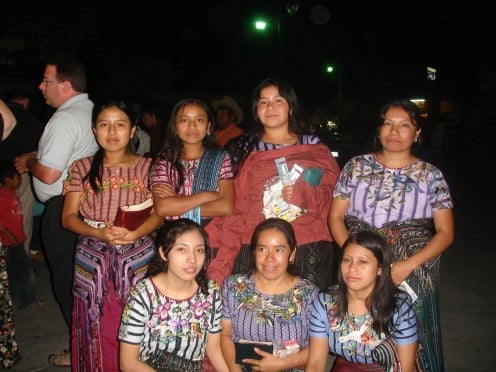
The Call to Forsake Other Gods
In this section's accompanying photo, these beautiful young ladies escorted us through the city by twos to invite people to the meeting. Inviting folks was challenging because we did not speak very much Spanish, and Spanish is their second language. Their native language is Sutwhil. We resorted to our made-up version of sign language. A few communication errors resulted in about 20 minutes of hysterical laughter for all of us, the Guatemalan girls included.
Pastor Matt did a stellar job of preaching unashamedly the value of worshiping the one and only true God worthy of our praise and encouraged the people to put away their false idols and fully surrender to the King of Kings.




Nature
We worked more on the tree stumps and the landing strip the following day. We filled in divets at the end of the landing strip with the surrounding hillside dirt.
One of the things I loved working in the forest was the cows that seemed to wander around aimlessly unattended.
We also ran into a poisonous caterpillar. I liked caterpillars and was going to pick it up when Gustavo, another young man from the city who accompanied us, shouted, "mui mall!!" I knew this meant "very bad" and opted to leave it alone.
And there was an enormous hive of some sort that we chose not to disturb.
On the plus side, during lunch, we munched on some wild raspberries we found in the bushes. I also noticed some morning glories on our way up the trail to the site where we were working. They were a confirmation of the Lord's presence with me on this journey. Before we left, I was seeking His face for guidance, and I kept noticing morning glories. I kept asking what they meant. When I saw them, I knew He would use them later to reassure me.

Children's Ministry
Our final evening in Santiago consisted of ministry to the children of the village of Tzan Chaj. We performed a dance and a skit for them. Michelle made crowns for the little girls to wear, and Jason preached a corresponding message to go with it about God's incredible love for them. When we passed out the little tiaras, the older women wanted them too. It was quite touching.
Afterward, we had hygiene education about tooth brushing, and the children were given tooth-brushing supplies to take home with them.





A final note on the indigenous people.
The Guatemalan people are beautiful, skillful, and hard-working. When we were digging stumps, the local pastors outworked us all. They were there before we came, and they were there when we left.
I was fascinated by their dress, culture, and lifestyle. As we made our way to the work site in the truck, I looked out the window and watched them washing their clothes in the lake and carrying their laundry, corn, and other supplies in baskets on their heads. Everyone was busy.
I noticed that some of them seemed to enjoy having their picture taken, especially the children, but others did not like it. We, for the most part, tried to ask permission for photos.


Our Final Missions in the City
Our final assignments on the trip were performances at local schools. We did dances with the help of Candy and Joselyne, who did an excellent job of "working the crowd." The children seemed to enjoy it. The kids prayed for us in one of the Christian schools we went to. I was stunned and moved by their comfort and willingness to do so. Oh, how beautiful and moving that was.
On our final evening, Jason and Tressa took us out for pizza in the nicer part of the city. It was very much like the U.S. with all the standard fast food and shopping centers we would have here. Each culture was like stepping into a warp of some kind.
To finalize my trip, I leave with a final picture of one of the most effective ministers I saw on our trip the, Patton's little boy hugging His Guatemalan neighbor. The Patton children are all Guatemalan citizens because they were born there and are bi-lingual. Jason and Tressa speak predominantly Spanish in their home.
Thank you for sharing my journey. I highly recommend a once-in-a-lifetime trip to somewhere that will stir your heart to the harsh realities we can only imagine. God bless the Pattons for choosing to live there.
May we also live in gratitude for having a home and enough food to eat, and may we all find ways to share what we have with those who don't.
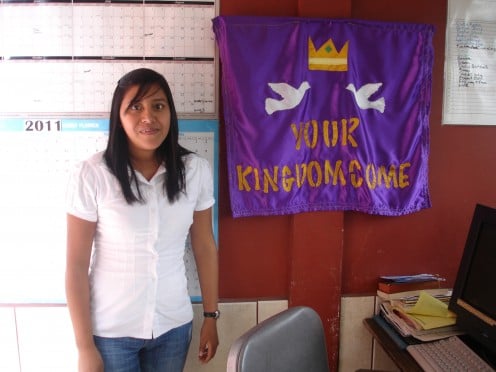
Make us A Prayer by Rita Springer
© 2011 Tamarajo

